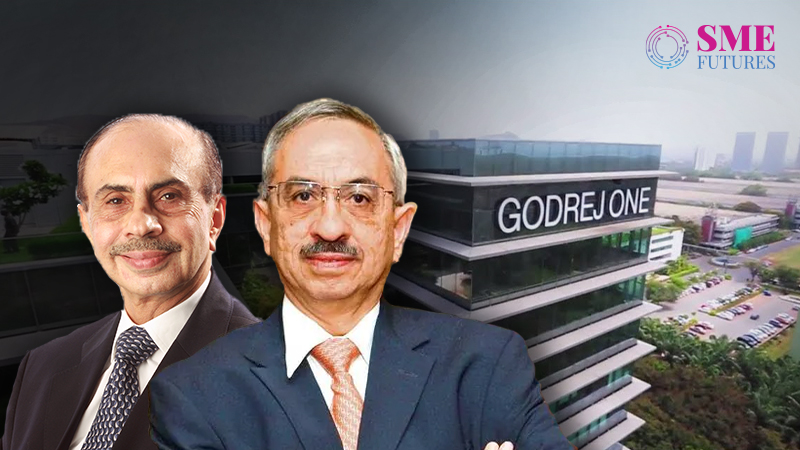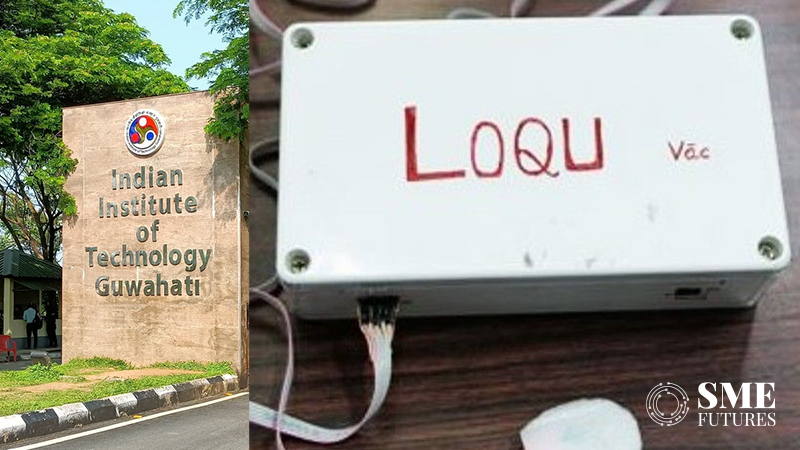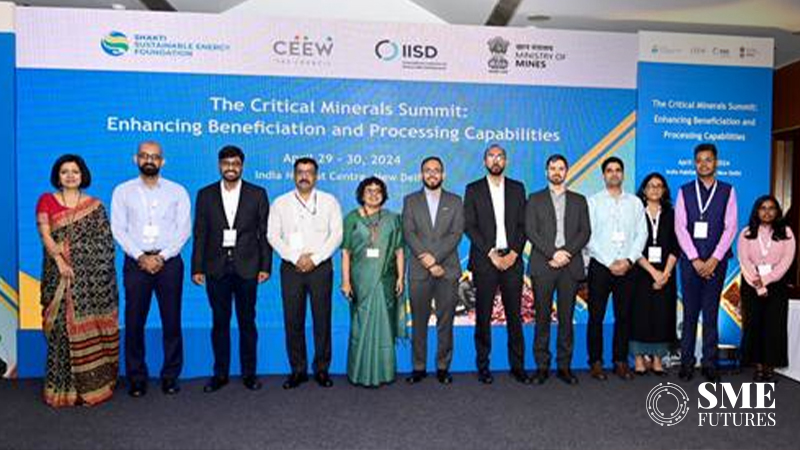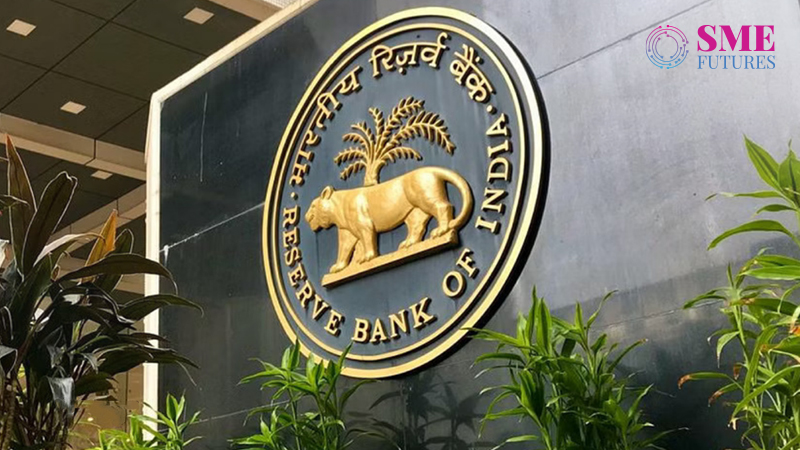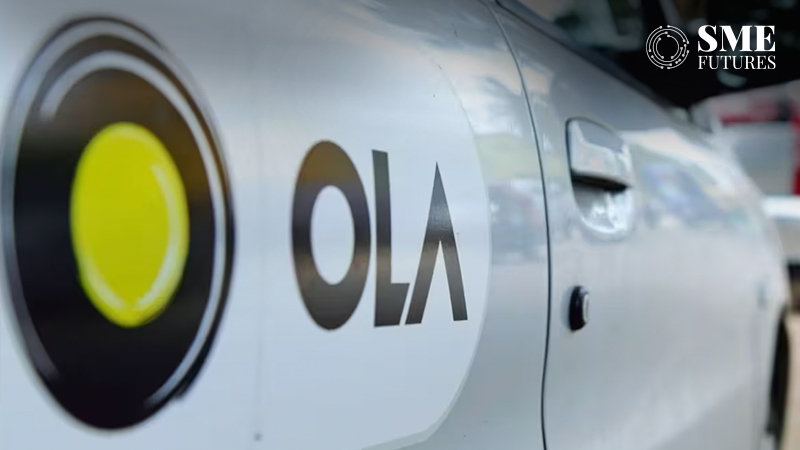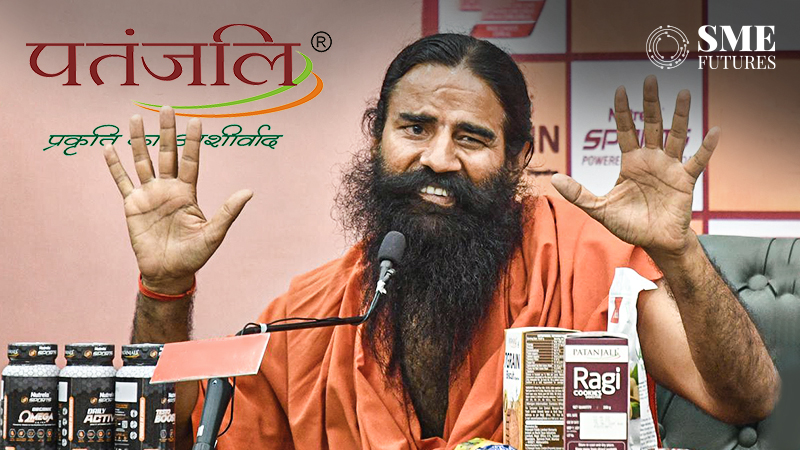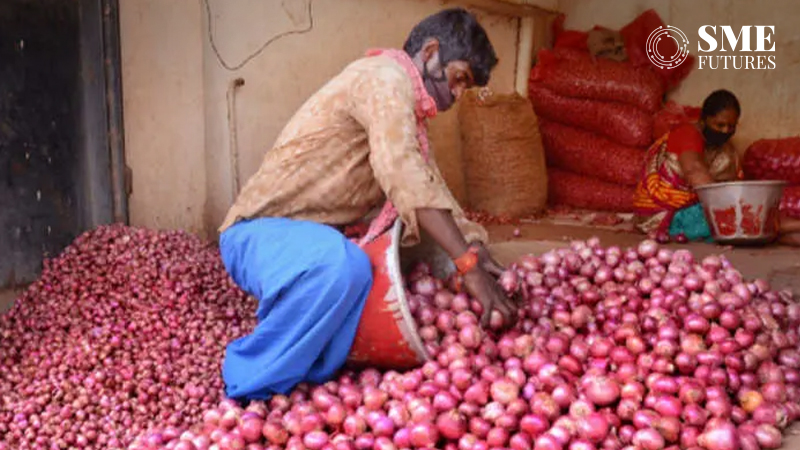India sees mixed economic signals: IIP growth slows while CPI inflation hold steady
There has been a slight moderation in IIP growth in January 2024, standing at 3.8 per cent compared to 4.2 per cent in December 2023
Anushruti Singh March 13, 2024

MORE IN News
Worldline ePayments India gets RBI approval to operate as payment aggregator
India woos foreign investors for big push to critical minerals sector
Groww gets RBI’s in-principle nod to operate as payments aggregator
Retail sectors surge as consumption reaches grassroots: CMS report
India’s economic landscape presents a mixed picture as the Index of Industrial Production (IIP) growth slows down, contrasting with steady Consumer Price Index (CPI) inflation figures. The analysis by leading economists sheds light on the intricacies of these trends and their implications for the country’s monetary policy and overall economic outlook.
According to Suman Chowdhury, Chief Economist and Head of Research at Acuité Ratings & Research, there has been a slight moderation in IIP growth in January 2024, standing at 3.8 per cent compared to 4.2 per cent in December 2023.
“Given the less favourable base factor, this was in line with our expectations. The cumulative growth in industrial output in the ten month Apr-Jan’24 period remains healthy at 5.9 per cent. While manufacturing output slowed down somewhat to 3.2 per cent YoY during the month, the annualised growth is expected to be around 5.5 per cent for FY24,” he said.
However, Chowdhury remains optimistic about the overall industrial activity, forecasting a growth rate of 5.8 per cent for the fiscal year 2024. He highlights robust growth in infrastructure and capital goods sectors, propelled by public capital investments.
“The output figures look encouraging with overall IIP MoM at 0.6 per cent, being largely driven by a step up in mining activity (mainly coal) and higher power demand. While manufacturing has the dominant share in IIP, the solid growth in mining and electricity is providing the momentum to IIP. In terms of use based categories, infrastructure and capital goods have notched up output growth of 10.0 per cent and 6.9 per cent in the current year (Apr-Jan), driven by the continuing public capital investments. As in the previous months, consumer goods output remains an outlier with 3.7 per cent YoY growth in Jan-24 and 3.6 per cent YoY in the Apr-Jan period; consumer durables remain a laggard in that category compared to FMCG,” he said.
On the other hand, CPI inflation for February 2024 remains at 5.1 per cent, as analysed by Chowdhury. While food inflation continues to exert pressure, core inflation (excluding food and fuel components) has declined to 3.5%.
“Interestingly, the mild sequential uptick in the index has been largely contributed by the meat and the fish category where inflation hit 5.2 per cent vs 1.2 per cent in the previous month. Cereal inflation also continued to be high at 7.6 per cent with a sequential rise from Jan-24,” he said.
Chowdhury anticipates the Reserve Bank of India (RBI) to maintain the status quo on monetary policy until August 2024, given these inflation dynamics.
Shraddha Umarji, Economist – Institutional Research at Prabhudas Lilladher Pvt. Ltd., echoes similar sentiments, noting that headline inflation remains near the upper band of the Monetary Policy Committee’s tolerance level. Umarji anticipates moderation in food prices in the coming months, supported by favorable weather conditions and agricultural activities. However, she points out that subdued global demand may hamper the growth of export-intensive sectors, affecting the overall industrial output.
“The coming months may witness moderation in food prices backed by pickup in rabi sowing besides normal monsoon showers. Fuel prices may continue to remain benign due to moderation in global demand besides slash in LPG and CNG prices domestically. The Core inflation will be assisted by easing global commodity prices and elevated borrowing costs eroding demand in the near term,” she said.
Umarji emphasises the stability of India’s industrial growth amidst easing inflationary concerns as a guiding factor for the MPC’s decision-making. She predicts a change in stance to ‘neutral’ from ‘withdrawal of accommodation’ in the forthcoming monetary policy meeting, with a potential deferment of rate cut decisions for the next few months.
“The factory output growth is likely to be guided by recovering domestic demand amid improving employment prospects and cooling inflation. Likewise, continued Government and private capex plans bodes well for infrastructure and capital goods indices. However, subdued global demand may erode growth of export intensive sectors dragging down the overall index,” she added.
Overall, while challenges persist in certain sectors, the Indian economy continues to show resilience amidst changing global dynamics. The balancing act between stimulating industrial growth and managing inflationary pressures remains a key priority for policymakers in navigating the country’s economic trajectory.
